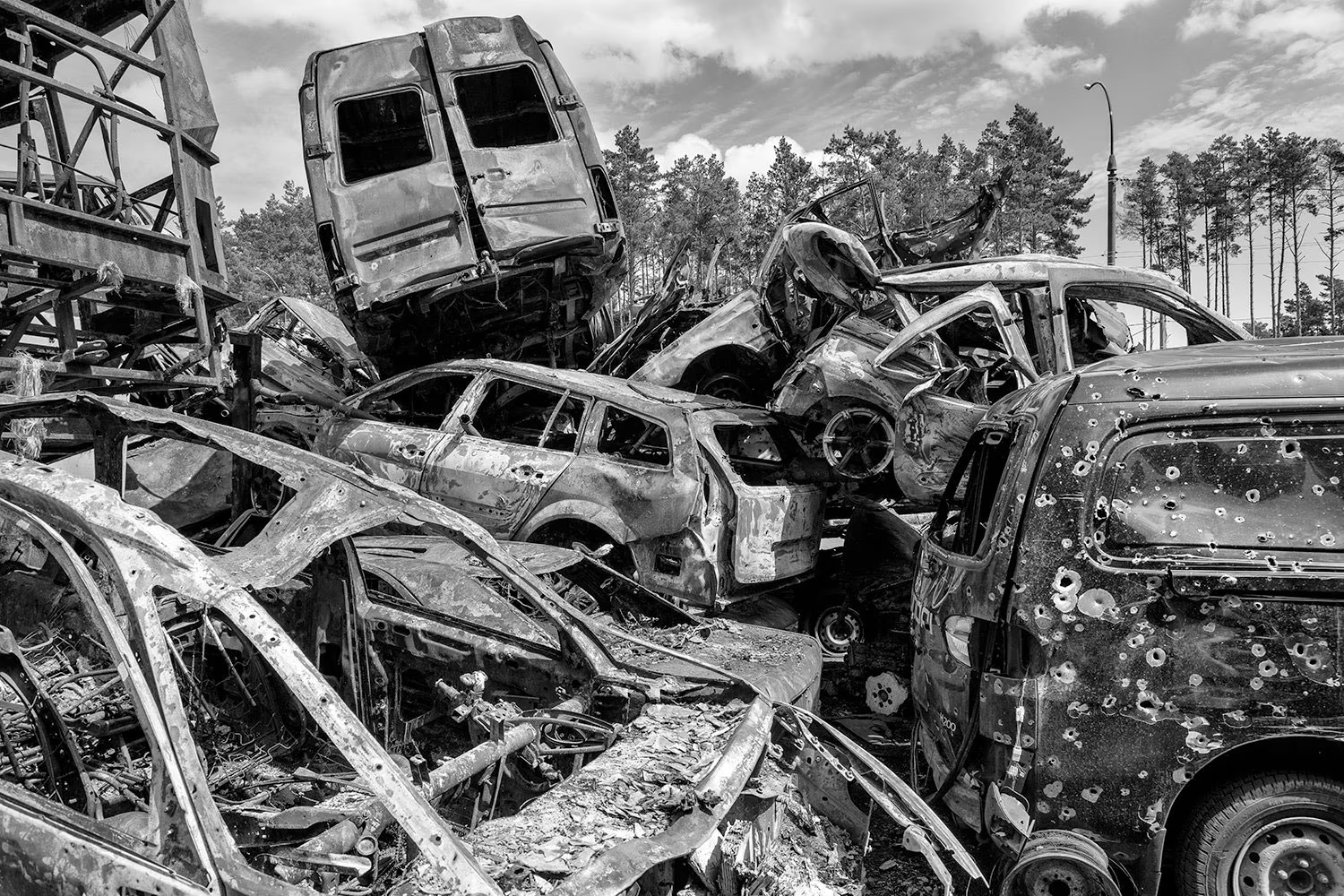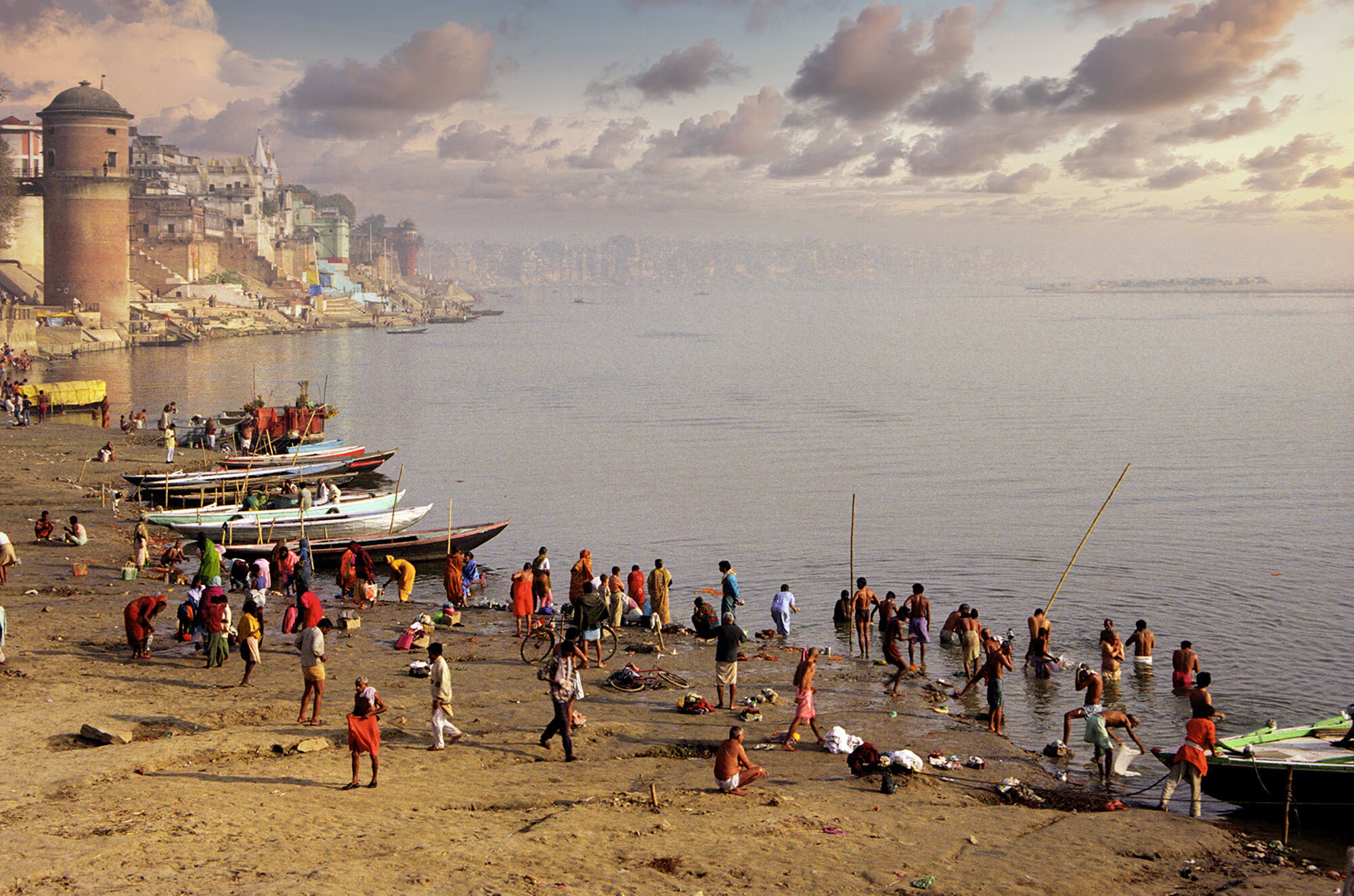Pierre career began in 1968 and he has photographed 15 armed conflicts. As a war correspondent, he learned a great deal about war. In over fifty years, his job has taken him around the globe. He has photographed wars, tragedies, chance encounters, customs, rituals, and regional culture. Pierre, natural curiosity and sense of adventure resulted in a rich and comprehensive legacy. He has published nearly sixty books, and his photographs have appeared in many prominent international newspapers and magazines. Today, he is covering his 16th war, the Ukrainian conflict.
Pierre, is this your first time in Ukraine? What are your impressions?
Yes, this is my first visit to Ukraine. I’ve discovered fantastic people and cities, beautiful architecture, inspiring monuments, a strong Ukrainian culture and identity.
Why are you in Ukraine now? Is this the first time you shoot the war and its consequences?
This is the 16th war I’ve covered. My first war was Vietnam, I was 18 years old. What’s happening in Ukraine now is just catastrophic, that’s why I decided to be here. We, journalists, need to tell more of the story, to show witness to this cataclysmic humanitarian crisis, and the terrifying prospect that the world could be drawn into a war with Russia.

'Taiwan will allocate $500,000 to rebuild Bucha, says Bucha Mayor Anatoliy Fedoruk after an online meeting with Taiwanese Foreign Minister Joseph Wu. Besides providing financial aid to rebuild Bucha, Taiwan will direct financial and material assistance to reconstruct Kharkiv, Chernihiv, Odesa, Sumy, and Zaporizhzhia.'

'They came, raped, killed, destroyed, and left; leaving devastation behind.'



'I lost everything! How can war victims survive without food, housing or compensation?'

What Ukrainian cities have you visited?
I have been to Lviv, Kyiv, Odesa, Nikolaiv, Chernihiv, Irpin, Bucha, and many others. I was especially disheartened by what I saw in Bucha and Irpin. The consequences and methods of Russian attacks on civilians, the enormity of destruction there, was very upsetting. These types of attacks are contrary to the 1949 Geneva Convention which secures the protection of civilians in a time of war. In Bucha and Irpin, for instance, houses and shops were destroyed, there are no military buildings or factories there. It is clear innocent civilians were targeted intentionally. This is completely unacceptable, and it shocked me.
Was it easy for you, as a photographer, to get to these cities and shoot there?
Yes, on the most part it was easy. Most of the time, policemen and soldiers at check points told me: 'Thank you for being here on our side! Thank you for reporting about what’s happening in our country!' But there were other situations that were strange and tense. At an Andrii Danilko concert in a local underground station, I was invited by the artist to photograph his performance. Two policemen ordered me to get out very rudely. I explained that I was covering the war and was invited by Andrii, but was still told to leave. Weird! There were other situations like this as well.

'What have they done? They bombed the hospitals, the schools, a cinema, the stadium, the Ukraine hotel, the historic and residential buildings. All were attacked, all were destroyed!'

'In Noviy Bug, volunteers are inspecting the damage and working tirelessly to help a community devastated by Russian bombing.'

'Strategy of destruction.'

'The "oldest" humanitarian crisis in the world. Ukrainian civilians of all ages have been forced to hide or to flee their country. However, older people (over 65) make up one-third of all people in need of assistance, making this conflict the "oldest" humanitarian crisis in the world. Older people are staying in Ukraine — 99% of them prefer not to be evacuated from their homes. In a refugee camp in Noviy Bug, Ukraine.'

'A solitary woman returns home to devastated Bucha suburb.'

'Meet Valentina, currently housed at a refugee camp in the south. She lost her home, family, and village (now occupied by Russian forces). During the bombing, she also lost her right leg. She’s accepted in an Israeli program for amputees. She will be flown to Israel to be fitted with a prosthesis and receive rehabilitation training. Our heart goes out to her losses.'


'Alexander Teslyuk, manager of Trans Lok factory.'

'Olga, victim of bombings in Chernihiv, lost the use of her arm. Most of the civilian casualties recorded are caused by the use of explosive weapons with a wide impact area, including shelling from heavy artillery and multiple launch rocket systems, missiles and air strikes.'

Is photography your profession? Tell us about your work in the past.
Yes, that’s my job and I started quite young in 1968. I’ve worked for many agencies and magazines, such as Sipa Press, Gamma, Sygma, Time-Life, Paris-Match, Sunday Times, Bunte, Stern… I was lucky to work through the 70s and 80s, a good era for photojournalism. Now, things have changed and it can be difficult to find work.
The geography of your shooting is impressive. What did you remember, what was as discovery or surprised you in the places where you have been to.
I am thankful, my job allowed me to travel to over 120 countries on 5 continents, on over 50 years. I could get off the beaten track, to meet local people, or the rich and famous, unknown, experience their way of life, religion, and traditions. It is impossible to choose one single thing. Perhaps my encounter with the Dalai Lama was the best for me, it was unforgettable! We worked together and published two books. Also, I will always remember India, a country that still surprises me after so many years.

Pierre with His Holiness the Dalai Lama, 1985.


High Atlas, Morocco, 1975–1981.


Varanasi, India, 1980–1987.


Spain, 1960s.
Why are many of your photos black and white?
I prefer black and white photography, but in some cases I use color. It depends on the photo and the subject. I started taking pictures with my grandfather and uncle, both were photographers, when I was about 10–12 years old. They worked in black and white. I learned in black and white. When I started working as a photojournalist, magazines were in black and white, not color. Sometimes color dilutes the content or is a distraction. It doesn’t matter if a picture is black and white or color to tell a good story, the goal is to be true to the subject or to the situation. You must develop visual honesty to be a good photojournalist.
Finish this interview in three words.
Free Ukraine fast!

